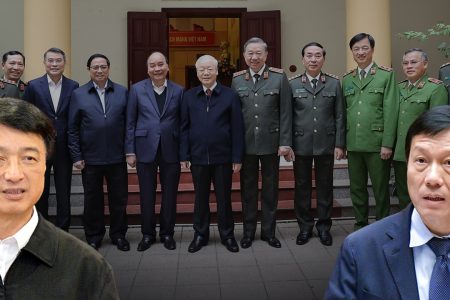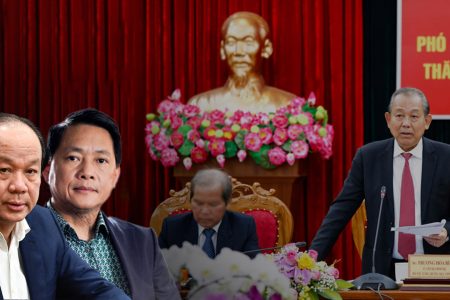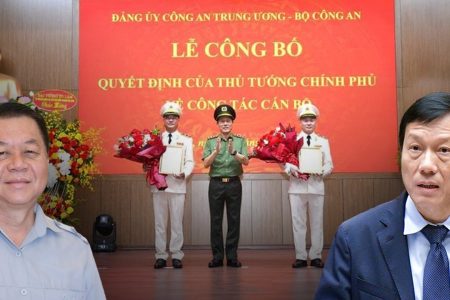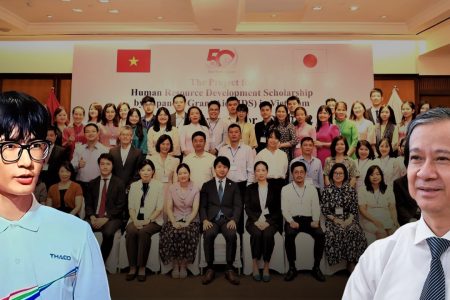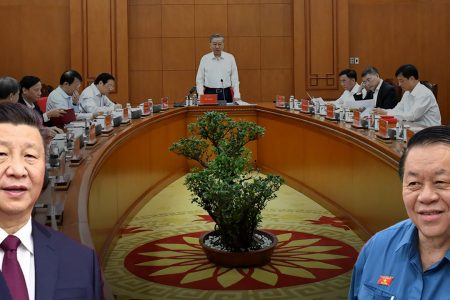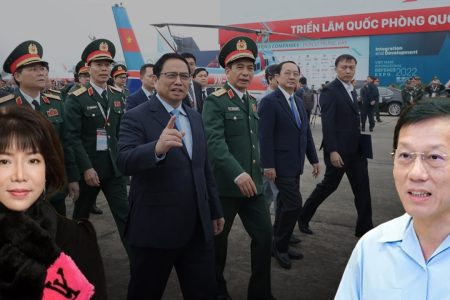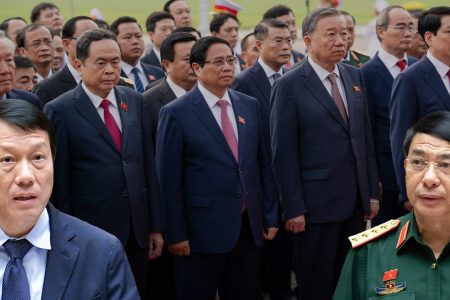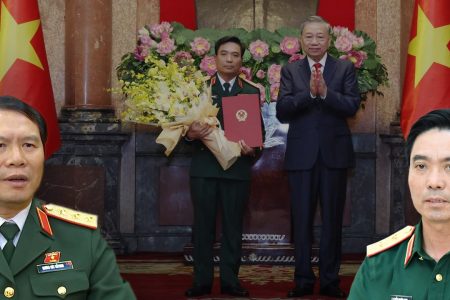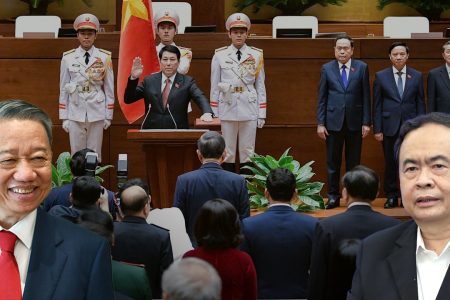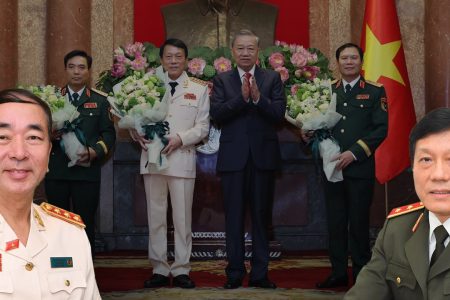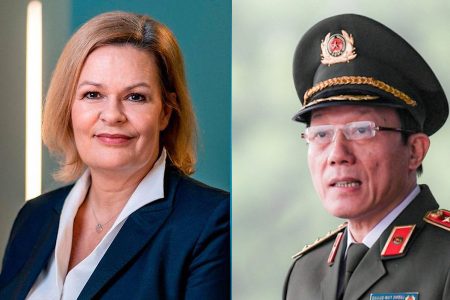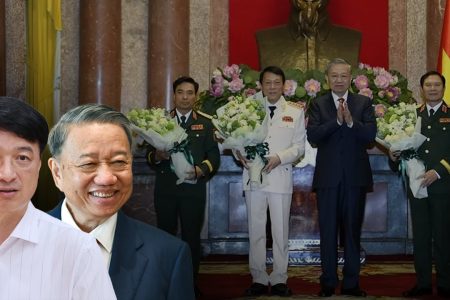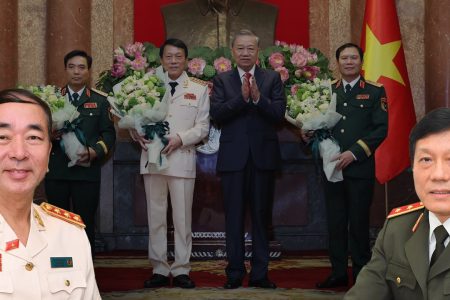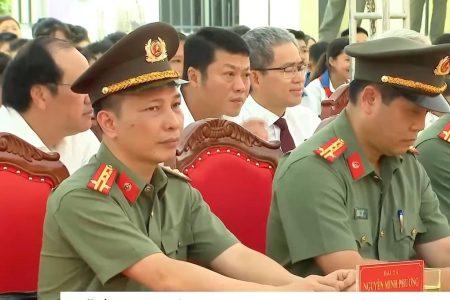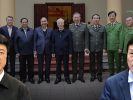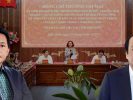
General Secretary Nguyen Phu Trong’s life is about to end, now he is only trying to hold on to his time in office to satisfy his lust for power. Then, after he dies, people will evaluate the legacy he leaves behind. In addition to the legacy of a chaotic, contradictory and divided Communist Party of Vietnam, he also leaves behind a seriously unbalanced Communist Party.
Previously, when he began to seize power, Trong confronted the strongest south force- that of then Prime Minister Nguyen Tan Dung. It took 5 years for him to knock Dung out of the political arena. And since then, the southern power gradually faded away.
As for powerful forces like Dung or Le Thanh Hai, Trong completely destroyed them. He sought to block the power of the notorious Le Truong family in Tien Giang and Saigon. For someone like former State President Truong Tan Sang who often hides and avoids direct collisions, Trong chooses the path of cooperation. As for those who are obedient, Trong chooses to serve his power, as in the cases of Nguyen Van Nen and Vo Van Thuong.
Once Nguyen Van Nen and Vo Van Thuong agreed to stand in Trong’s shadow, these two officials would forever be “industrial chickens”, unable to stand up and form independent interest groups to compete for dominance. That’s why, with just one blow, To Lam immediately defeated Vo Van Thuong. And the same goes for Nguyen Van Nen, if he is pushed into the ring to fight directly with others, it will be difficult for Nen to stand firm against others.
Putting the chain together, you will see that General Secretary Trong strongly attacked Southern interest groups that were strong enough to stand independently, while at the same time cooperating or using those who did not have enough strength to form groups. Over time, the strong interest groups of the South gradually disintegrated, and from then on, they no longer had the strength to dictate conditions in power-sharing associations. Southern forces gradually disappeared from the Four Pillars, and also gradually disappeared from the Politburo.
Currently, Ho Chi Minh City – the locality with the largest economy in Vietnam, contributing the most to the country budget, but only has two members in the Central Committee compared to 18 in Hanoi. Although it lost two Central Committee members, Chu Ngoc Anh and Bui Nhat Quang, Hanoi is still the unit with the most Central Committee members. At the upcoming 14th National Congress, it is likely that Hanoi will have 2 or 3 Politburo members.
During his three terms as General Secretary, Trong became a large umbrella, protecting the interests of Nghe An and Ha Tinh provinces. At the same time, he also protected Hanoi, emerging as a locality with many representatives in the Party Central Committee.
Currently, the ratio of the two regions (temporarily divided according to the boundary of the 17th parallel) in the Party Central Committee and the Politburo is very unbalanced. The North is prosperous and the South is declining. The Southern leadership group is often more open to the West, and at the same time, they also know better economic policies and management. The Northern leadership is more inclined towards Beijing, and local factionalism is stronger. At the Central level, there are currently 5 major interest groups emerging, all of which are Northern groups. They are: Hung Yen, Nghe An, Ha Tinh, Ninh Binh, and Hanoi.
Without Trong’s policy of favoring the North over the South, the Central Government would not have seriously disrupted the warlord as it is now.
Northern interest groups always put local interests above national interests. Therefore, no matter which of the five major interest groups holds power, this country will be torn apart, leaving their pockets to build political strength for themselves and their groups.
Tran Chuong – Thoibao.de




